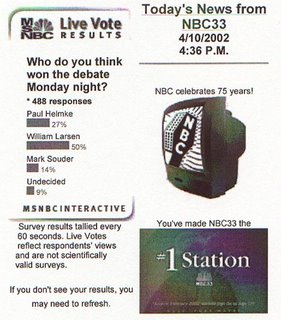Tax Rates: Warren Buffett and his secretary
Warren Buffet, media and pundants seem unable to perform simple math. The single person pays the highest tax of al filers. The tax rates are pretty straight forward for a single person;
2011 Tax rates
15% on over $0 to under $8,375
25% on over $8,375 to under $34,000
28% on over $34,000 to under $82,400
33% on over $82,000 to under $171,850
35% on all amounts over $373,650
For the secretary to pay 35% tax, would require she make far greater than $373,650. She must be no ordinary secretary. Even if she had some portion of income taxed at 35%, she would have had to make $373,650, but her total tax on this $373,650 would be only 29% overall. To even get to 34% would require an income, after deductions and exemptions, of $2,235,625.00
Formula is simple:
34% = ($108,421.25 + 35% x (taxable income - $373,650)) divided by (taxable income)
Does he pay his secretary this much?
Then there is the issue of risk. Investing capital to make money is a bit different than going to work and performing a task. An investor has the potential to lose a substantial amount of their capital. The worker works an hour, gets paid for that hour. The risk to the worker is that they get laid off, but the worker has no capital at risk. This is the simplistic reasoning of capital gains tax and taxes on earned income. There is also a different tax rate for dividends that come from capital that is at risk. Earned income is taxed at a higher rate because it is least at risk.
Decades ago, capital gains were taxed in the following way: 40% of gains were taxed at the ordinary tax rate. This means that if the ordinary tax was 28%, your capital gains tax was 14%. If you were in the lowest tax bracket of 15%, your capital gains tax rate was 7.5%. The change from this method to the current benefited the highest income brackets at the expense of the low income brackets. I think the old method was fairer and easier to calculate.


